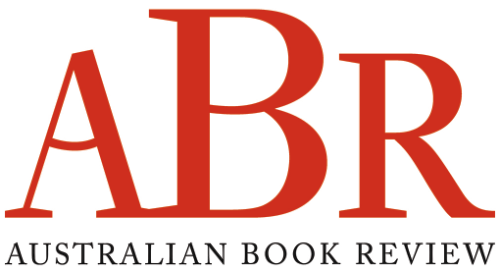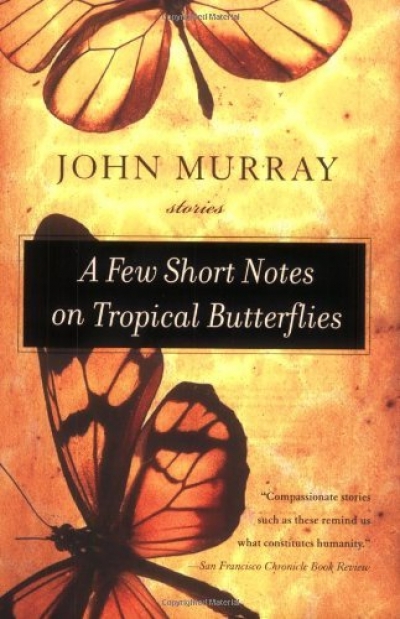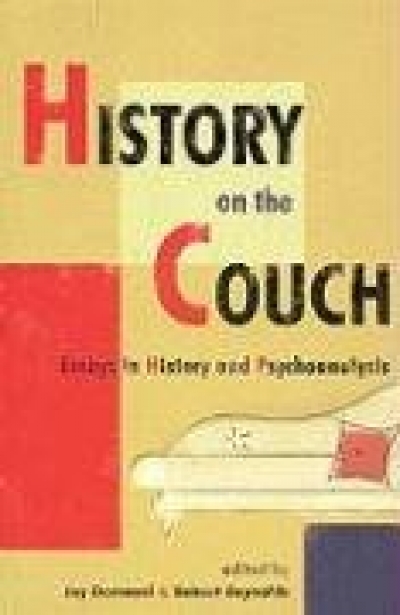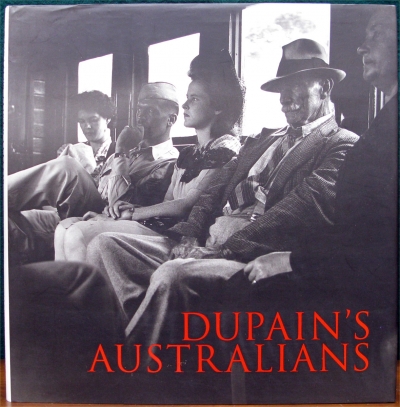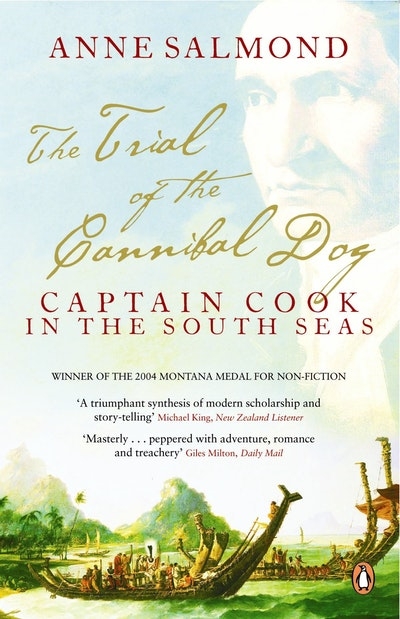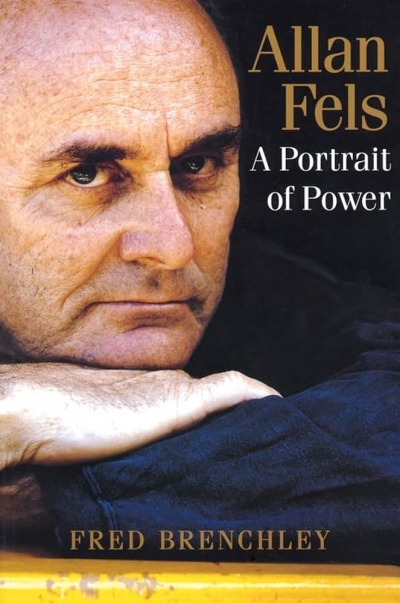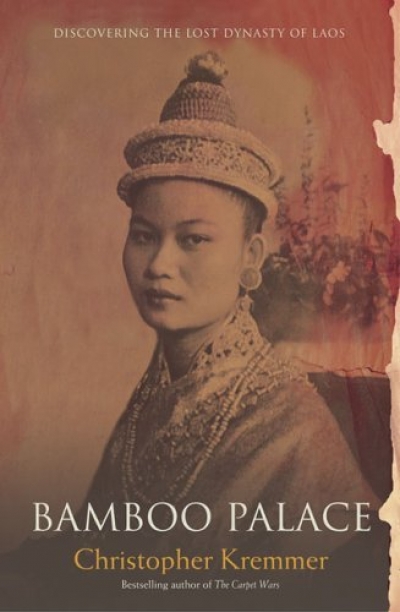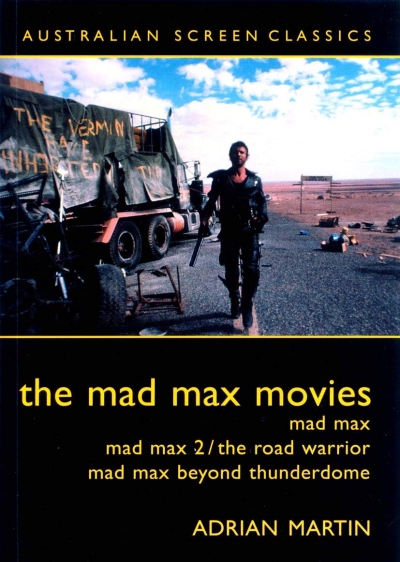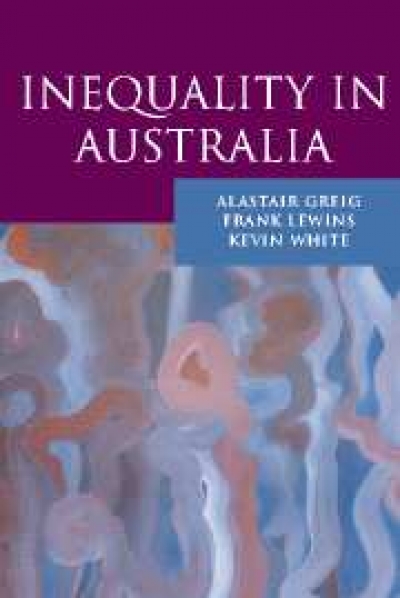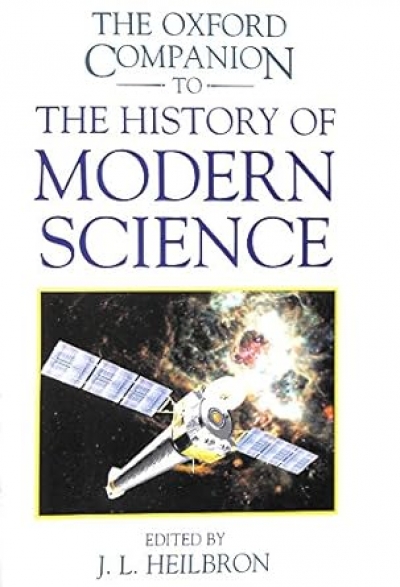Review
History on the Couch: Essays in History and Psychoanalysis edited by Joy Damousi and Robert Reynolds
by Dolly MacKinnon •
Dupain’s Australians by Jill White (text by Frank Moorhouse)
by Isobel Crombie •
The Trial of the Cannibal Dog: Captain Cook in the South Seas by Anne Salmond
by Alan Frost •
Bamboo Palace: Discovering the lost dynasty of Laos by Christopher Kremmer
by Nicola Walker •
The Mad Max Movies by Adrian Martin & Walkabout by Louis Nowra
by Brian McFarlane •
Farewell Cinderella: Creating Arts And Identity in Western Australia edited by Geoffrey Bolton, Richard Rossiter and Jan Ryan
by Wendy Were •
Inequality in Australia by Alastair Greig, Fank Lewins, and Kevin White & Australia’s Welfare Wars by Philip Mendes
by Mark Peel •
The Oxford Companion to the History of Modern Science edited by J.L. Heilbron
by Robyn Williams •
